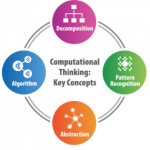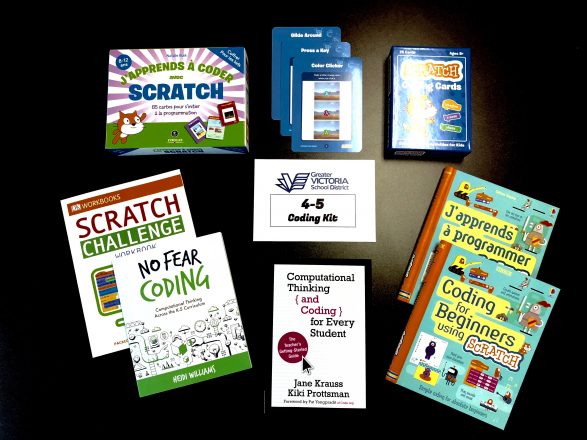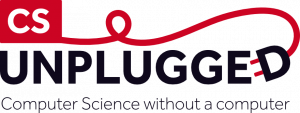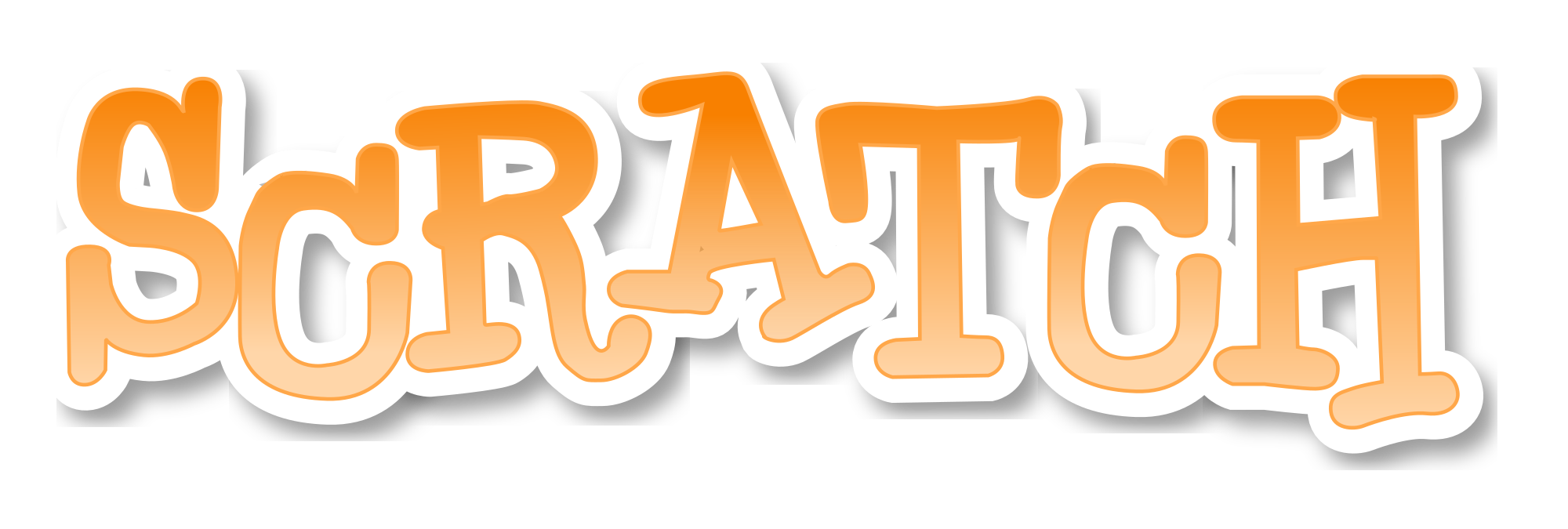Computational Thinking
Computational thinking is recognized as a key skill set for all 21st century learners – whether they intend to continue with Computing Science or not, it’s an important skill to identify and often exists within existing curriculum and classroom assignments. These can be grouped into four main areas:

- seeing a problem and its solution at many levels of detail (abstraction)
- thinking about tasks as a series of steps (algorithms)
- understanding that solving a large problem will involve breaking it down into a set of smaller problems (decomposition)
- appreciating that a new problem is likely to be related to other problems the learner has already solved (pattern recognition)
Read more about Computational Thinking here…

4-5 Goal: Develop an understanding of all four computational thinking skills and their application in cross-curricular areas.
Grade 4-5 Coding Resources

The following was purchased for every elementary school:
Coding for Beginners Using Scratch
J’apprends à programmer avec Scratch (dual track schools only)
J’apprends à coder avec Scratch (dual track schools only)
Computational Thinking and Coding for Every Student
No Fear Coding: Computational Thinking Across the K-5 Curriculum
Suggested instructional pathways

CS Unplugged – Offline, non-technology based lessons and resources to teach computational thinking skills.
Unplugged Lesson Plans
Unplugged Lesson 1: Sorting Algorithms
Unplugged Lesson 2:The Turing Test
Kids and Coding: Resources for Educators

Scratch – Scratch is the world’s most popular and widely supported block-based programming tool. It’s available as a software download or a web-based program that will run on our SD61 Chromebooks
It is strongly recommended that teachers create a teacher account for scratch, and create the student accounts with passwords under an agreed anonymous convention.
Scratch E-Textbooks
Creative Computing with Scratch – Learner Workbook
Creative Computing with Scratch – Educator Guide
Creative Computing with Scratch – Video Support Guides
Informatique Créative avec Scratch – Guide de l’Enseignant
Getting Started with Scratch – Teacher Guide
Getting Started with Scratch – Student Guide
Bien Commencer avec Scratch – Livret de l’Enseignant
Bien Commencer aver Scratch – Livret de l’Etudiant
Coding Quest (Grades 4-6)

Please visit The Learning Partnership , to make an account and use the following enrolment keys:
The enrolment key for Coding Quest is CQON21
Then you will need to request a teacher account on this page – Scratch for Educators

